KNÖS (THE SWEDISH FAIRY BOOK) By Frederick H. Martens

Once upon a time there was a poor widow, who found an egg under a pile of brush as she was gathering kindlings in the forest. She took it and placed it under a goose, and when the goose had hatched it, a little boy slipped out of the shell. The widow had him baptized Knös, and such a lad was a rarity; for when no more than five years old he was grown, and taller than the tallest man. And he ate in proportion, for he would swallow a whole batch of bread at a single sitting, and at last the poor widow had to go to the commissioners for the relief of the poor in order to get food for him. But the town authorities said she must apprentice the boy at a trade, for he was big enough and strong enough to earn his own keep.
So Knös was apprenticed to a smith for three years. For his pay he asked a suit of clothes and a sword each year: a sword of five hundredweights the first year, one of ten hundredweights the second year, and one of fifteen hundredweights the third year. But after he had been in the smithy only a few days, the smith was glad to give him all three suits and all three swords at once; for he smashed all his iron and steel to bits.
Knös received his suits and swords, went to a knight’s estate, and hired himself out as a serving-man. Once he was told to go to the forest to gather firewood with the rest of the men, but sat at the table eating long after the others had driven off and when he had at last satisfied his hunger and was ready to start, he saw the two young oxen he was to drive waiting for him. But he let them stand and went into the forest, seized the two largest trees growing there, tore them out by the roots, took one tree under each arm, and carried them back to the estate. And he got there long before the rest, for they had to chop down the trees, saw them up and load them on the carts.
On the following day Knös had to thresh. First he hunted up the largest stone he could find, and rolled it around on the grain, so that all the corn was loosened from the ears. Then he had to separate the grain from the chaff. So he made a hole in each side of the roof of the barn, and stood outside the barn and blew, and the chaff and straw flew out into the yard, and the corn remained lying in a heap on the floor. His master happened to come along, laid a ladder against the barn, climbeb up and looked down into one of the holes. But Knös was still blowing, and the wind caught his master, and he fell down and was nearly killed on the stone pavement of the court.
“He’s a dangerous fellow,” thought his master. It would be a good thing to be rid of him, otherwise he might do away with all of them; and besides, he ate so that it was all one could do to keep him fed. So he called Knös in, and paid him his wages for the full year, on condition that he leave. Knös agreed, but said he must first be decently provisioned for his journey.
So he was allowed to go into the store-house himself, and there he hoisted a flitch of bacon on each shoulder, slid a batch of bread under each arm, and took leave. But his master loosed the vicious bull on him. Knös, however, grasped him by the horns, and flung him over his shoulder, and thus he went off. Then he came to a thicket where he slaughtered the bull, roasted him and ate him together with a batch of bread. And when he had done this he had about taken the edge off his hunger.
Then he came to the king’s court, where great sorrow reigned because, once upon a time, when the king was sailing out at sea, a sea troll had called up a terrible tempest, so that the ship was about to sink. In order to escape with his life, the king had to promise the sea troll to give him whatever first came his way when he reached shore. The king thought his hunting dog would be the first to come running to meet him, as usual; but instead his three young daughters came rowing out to meet him in a boat. This filled the king with grief, and he vowed that whoever delivered his daughters should have one of them for a bride, whichever one he might choose. But the only man who seemed to want to earn the reward was a tailor, named Red Peter.
Knös was given a place at the king’s court, and his duty was to help the cook. But he asked to be let off on the day the troll was to come and carry away the oldest princess, and they were glad to let him go; for when he had to rinse the dishes he broke the king’s vessels of gold and silver; and when he was told to bring firewood, he brought in a whole wagon-load at once, so that the doors flew from their hinges.
The princess stood on the sea-shore and wept and wrung her hands; for she could see what she had to expect. Nor did she have much confidence in Red Peter, who sat on a willow-stump, with a rusty old sabre in his hand. Then Knös came and tried to comfort the princess as well as he knew how, and asked her whether she would comb his hair. Yes, he might lay his head in her lap, and she combed his hair. Suddenly there was a dreadful roaring out at sea. It was the troll who was coming along, and he had five heads. Red Peter was so frightened that he rolled off his willow-stump. “Knös, is that you?” cried the troll. “Yes,” said Knös. “Haul me up on the shore!” said the troll. “Pay out the cable!” said Knös. Then he hauled the troll ashore; but he had his sword of five hundredweights at his side, and with it he chopped off all five of the troll’s heads, and the princess was free. But when Knös had gone off, Red Peter put his sabre to the breast of the princess, and told her he would kill her unless she said he was her deliverer.
Then came the turn of the second princess. Once more Red Peter sat on the willow-stump with his rusty sabre, and Knös asking to be let off for the day, went to the sea-shore and begged the princess to comb his hair, which she did. Then along came the troll, and this time he had ten heads. “Knös, is that you?” asked the troll. “Yes,” said Knös. “Haul me ashore!” said the troll. “Pay out the cable!” said Knös. And this time Knös had his sword of ten hundredweights at his side, and he cut off all ten of the troll’s heads. And so the second princess was freed. But Red Peter held his sabre at the princess’ breast, and forced her to say that he had delivered her.
Now it was the turn of the youngest princess. When it was time for the troll to come, Red Peter was sitting on his willow-stump, and Knös came and begged the princess to comb his hair, and she did so. This time the troll had fifteen heads.
“Knös, is that you?” asked the troll. “Yes,” said Knös. “Haul me ashore!” said the troll. “Pay out the cable,” said Knös. Knös had his sword of fifteen hundredweights at his side, and with it he cut off all the troll’s heads. But the fifteen hundredweights were half-an-ounce short, and the heads grew on again, and the troll took the princess, and carried her off with him.
One day as Knös was going along, he met a man carrying a church on his back. “You are a strong man, you are!” said Knös. “No, I am not strong,” said he, “but Knös at the king’s court, he is strong; for he can take steel and iron, and weld them together with his hands as though they were clay.” “Well, I’m the man of whom you are speaking,” said Knös, “come, let us travel together.” And so they wandered on.
Then they met a man who carried a mountain of stone on his back. “You are strong, you are!” said Knös. “No, I’m not strong,” said the man with the mountain of stone, “but Knös at the king’s court, he is strong; for he can weld together steel and iron with his hands as though they were clay.”
“Well, I am that Knös, come let us travel together,” said Knös. So all three of them traveled along together. Knös took them for a sea-trip; but I think they had to leave the church and the hill of stone ashore. While they were sailing they grew thirsty, and lay alongside an island, and there on the island stood a castle, to which they decided to go and ask for a drink. Now this was the very castle in which the troll lived.
First the man with the church went, and when he entered the castle, there sat the troll with the princess on his lap, and she was very sad. He asked for something to drink. “Help yourself, the goblet is on the table!” said the troll. But he got nothing to drink, for though he could move the goblet from its place, he could not raise it.
Then the man with the hill of stone went into the castle and asked for a drink. “Help yourself, the goblet is on the table!” said the troll. And he got nothing to drink either, for though he could move the goblet from its place, he could not raise it.
Then Knös himself went into the castle, and the princess was full of joy and leaped down from the troll’s lap when she saw it was he. Knös asked for a drink. “Help yourself,” said the troll, “the goblet is on the table!” And Knös took the goblet and emptied it at a single draught. Then he hit the troll across the head with the goblet, so that he rolled from the chair and died.
Knös took the princess back to the royal palace, and O, how happy every one was! The other princesses recognized Knös again, for they had woven silk ribbons into his hair when they had combed it; but he could only marry one of the princesses, whichever one he preferred, so he chose the youngest. And when the king died, Knös inherited the kingdom.
As for Red Peter, he had to go into the nail-barrel.
And now you know all that I know.



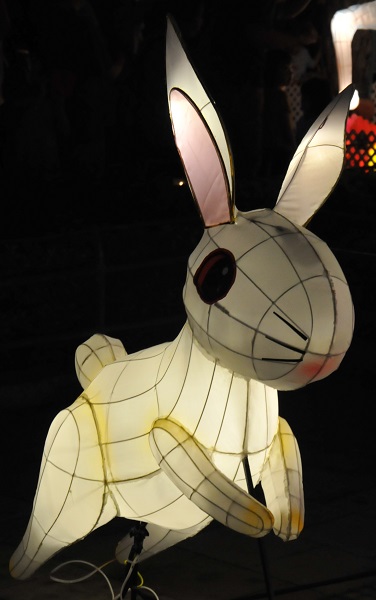



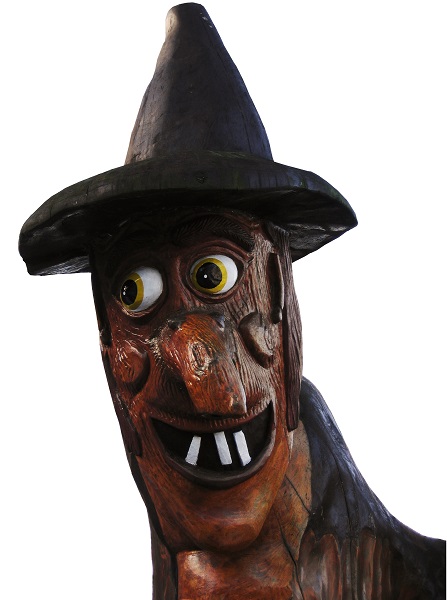
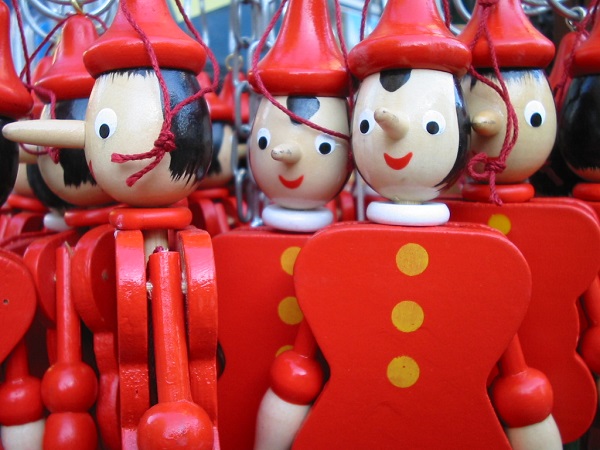
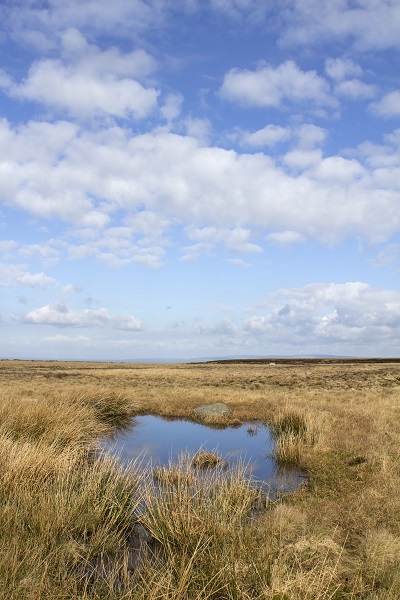
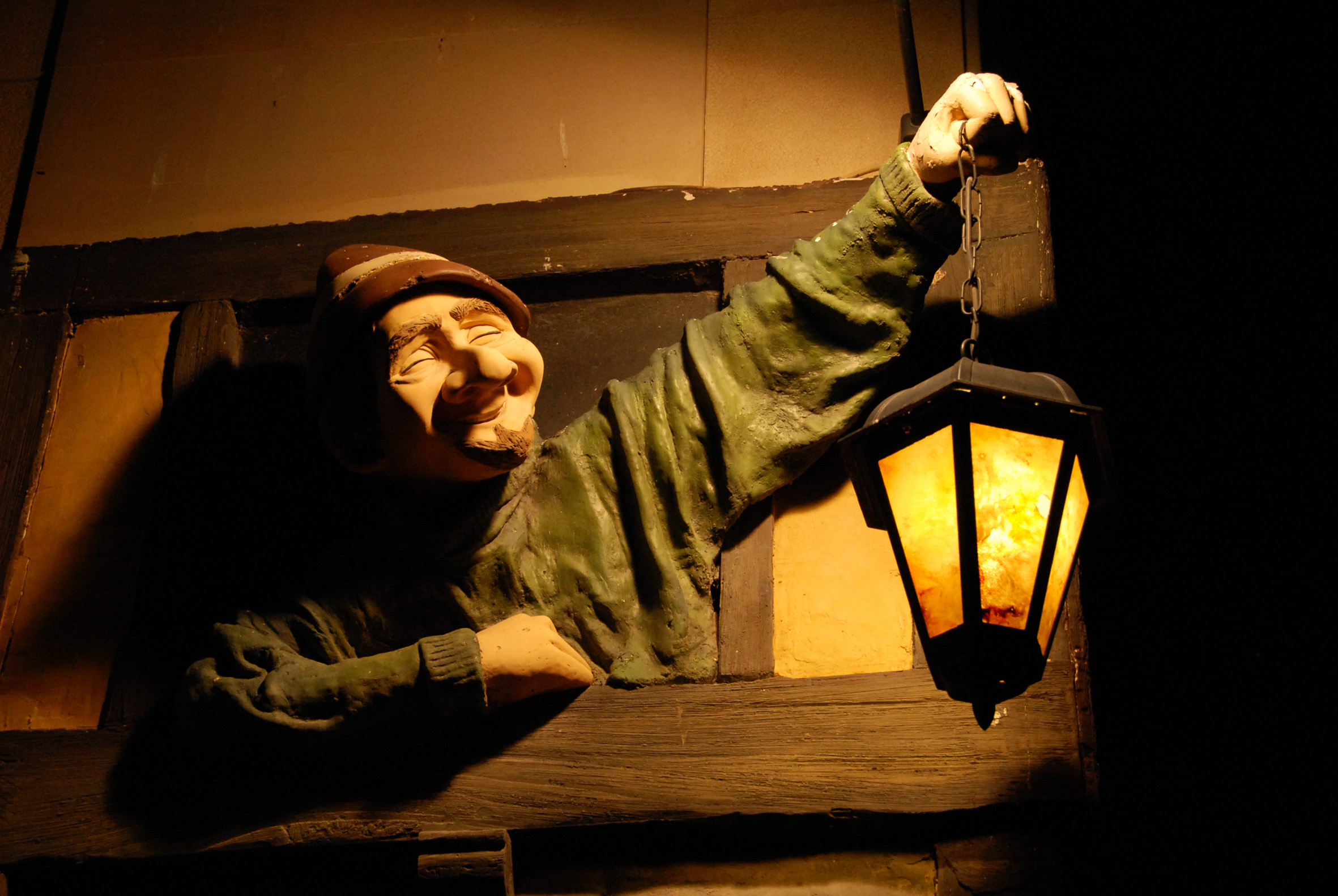


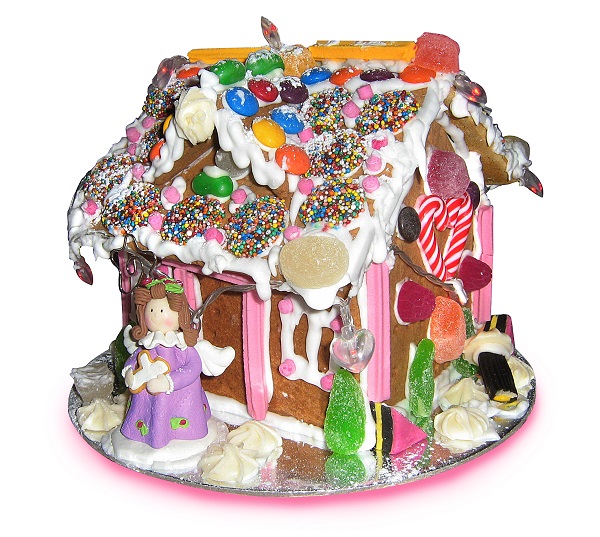



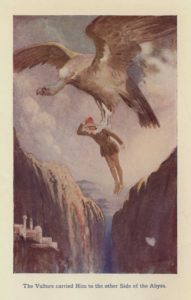
1 Response
[…] No, it is not a new IKEA product with a funny name, it is KNÖS! […]